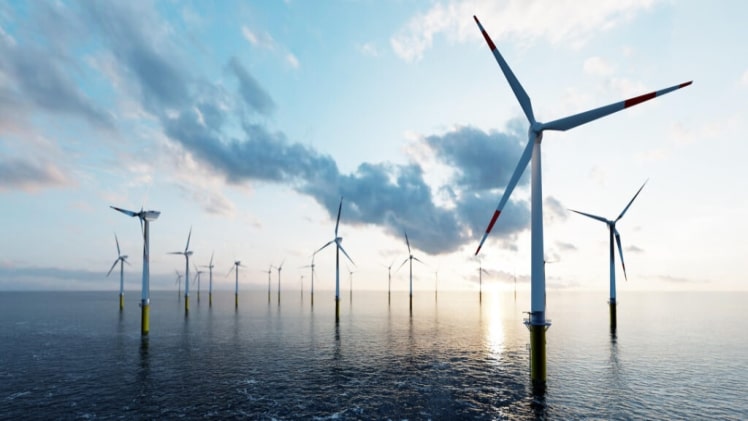With the need for sustainable energy, wind energy has increased in popularity. In this case, more wind farms are available as more companies like IQIP ensure that wind farms are created in the best way possible. Here are some of the pros and cons of the available foundations of offshore wind turbines:
Gravity based foundations
Gravity-based foundations, commonly known as GBFs, are constructed with thirty-meter-deep precast concrete and ballast materials such as gravel, sand, or stones.
Pros
- Utilises inexpensive construction materials such as steel and concrete.
- Technology that has undergone rigorous testing in the oil and gas industry.
- Various building configurations do not necessitate the usage of construction cranes.
- It is possible to transport Floated-to-fixed GBFs from a port using a tugboat, which reduces both the cost and the risk involved.
Cons
- Dredging is a process commonly used to prepare the ocean floor for construction. When such an event occurs, up to seven percent of the land containing the wind farm is impacted.
- If a larger area is utilized for turbine installation, the influence on the surrounding environment may rise.
- Towable foundations may facilitate the spread of exotic species.
Monopile foundations
Forty-meter-tall foundations can be constructed using steel monopiles. Utilizing them are offshore turbines that run in shallow water (less than 35 m). In this case, the upending long piles are used.
Pros
- Sand and gravel cannot compete with your skill.
- It is implemented swiftly and straightforwardly.
- Compatible with a variety of installation options, including shallow and deep layouts.
- Affordable for 0-meter installations.
Cons
- Larger monopiles are more costly and hazardous to produce, install, and relocate since they require deeper locations and are exposed to hydrodynamic loads.
- The installation’s noise can cause pressure-sensitive aquatic organisms to suffer severe injury or even die. These include the manatee, the loggerhead turtle, and the humpback whale.
Tripod foundations
At depths of up to 50 meters, tripod bases consisting of a cylindrical center column and three tripod legs are used as the basis. It resembles a monopile when viewed from above the water. Not to be mistaken with tri-pile foundations, which consist of a central support tower connected to three above-ground pile legs.
Pros
- There is no necessity to prepare the sea before or after installation.
- Particularly effective on soils with a high clay percentage, a moderate sand component, and a looser structure.
- Have a low unit price for 45-meter-long installations.
Cons
- In places with strong bottom currents or rapidly eroded sediment, it may be necessary to safeguard the bases of tripods with scour guards.
- More extraordinary expenses are associated with the building and maintenance of tripods.
Jacket foundations
The depth of jacket bases could reach up to sixty meters. The tubular and diagonal legs of offshore oil rigs give the structure the appearance of a lattice-truss design. Block Island Wind Farm in Rhode Island is an example of the jacket foundation system in operation.
Pros
- Either a pile or a suction-based apparatus. Caisson construction in a ground made of dense clays or moderate-to-heavy sands. Because the length of the pile is inversely proportional to friction, soft-soil applications typically benefit more from longer heaps.
- Specific lattice patterns may serve as artificial reefs for the nearby marine life.
- The production would be straightforward and economical.
- Bargeable.
Cons
- Possibly a factor in the proliferation of invasive species.
- There are issues with the grout joints in the North Sea jacket foundation systems, resulting in considerable maintenance downtime.
- The area’s water patterns could probably be detrimental to some marine environments.

